|
In a new paper that is published in Natural Hazards, we applied multiple algorithms to model flood susceptibility in New Orleans. Please find the abstract below:
"Machine learning (ML) models, particularly decision tree (DT)-based algorithms, are being increasingly utilized for flood susceptibility mapping. To evaluate the advantages of DT-based ML models over traditional statistical models on flood susceptibility assessment, a comparative study is needed to systematically compare the performances of DT- based ML models with that of traditional statistical models. New Orleans, which has a long history of flooding and is highly susceptible to flooding, is selected as the test bed. The primary purpose of this study is to compare the performance of multiple DT-based ML models namely DT, Adaptive Boosting (AdaBoost), Gradient Boosting (GdBoost), Extreme Gradient Boosting (XGBoost) and Random Forest (RF) models with a traditional statistical model known as Frequency Ratio (FR) model in New Orleans. This study also aims to identify the main drivers contributing to flooding in New Orleans using the best performing model. Based on the most recent Hurricane Ida-induced flood inventory map and nine crucial flood conditioning factors, the models’ accuracies are tested and compared using multiple evaluation metrics. The findings of this study indicate that all DT-based ML models perform better compared to FR. The RF model emerges as the best model (AUC = 0.85) among all DT-based ML models in every evaluation metrics. This study then adopts the RF model to simulate flood susceptibility map (FSM) of New Orleans and compares it with the prediction of FR model. The RF model also demonstrates that low elevation and higher precipitation are the main factors responsible for flooding in New Orleans. Therefore, this comparative approach offers a significant understanding about the advantages of advanced ML models over traditional statistical models in local flood susceptibility assessment."
0 Comments
Our new paper using a mixed methods approach to understanding public perceptions of groundwater management in Baton Rouge was published on Frontier in Water. Below is the abstract:
"In Louisiana's Capital Area Groundwater Conservation District (CAGWCD), extensive groundwater withdrawals from the Southern Hills Aquifer System have begun to accelerate the infiltration of saltwater into the aquifer's freshwater sands. This accelerated saltwater intrusion has the potential to reduce the amount of groundwater available for public consumption and other industrial and agricultural uses throughout the region. In response to this threat, the Capital Area Ground Water Conservation Commission has begun development of a long-term strategic plan to achieve and maintain sustainable and resilient groundwater withdrawals from the aquifer system. The development of the strategic plan includes an assessment of public attitudes regarding groundwater and groundwater management in the CAGWCD. This paper presents the results of mixed methods public participatory research to evaluate current and historical views and attitudes around groundwater quality, quantity, and cost in the CAGWCD. The mixed methods approach used in this research employed a sequential explanatory design model consisting of two phases. The first phase involved the implementation of an internet-based survey, followed by a qualitative phase aimed at explaining and enhancing the quantitative results. The qualitative phase employed a combination of one-on-one interviews and focus groups. The research found that the primary governance obstacle that decision-makers may face in managing groundwater is a broad lack of public awareness of groundwater and groundwater issues in the CAGWCD. Despite the criticality of over-pumping and saltwater intrusion into the aquifer system, survey research and subsequent interviews and focus groups have shown that the public is largely unaware of these issues. This research also found a general lack of trust in both industry and government to manage groundwater issues and highlighted the need for groundwater management efforts to be led by unbiased, trusted institutions." 11/17/2023 2 Comments Our new paper on changing community vulnerability in the U.S. Mobile Bay from 2000 - 2020Our new paper is published in the journal Applied Spatial Analysis and Policy. Below is the abstract:
"The coastal community is confronted with heightened risks posed by climate change. Mobile Bay in the United States is a large estuarine system along the Gulf of Mexico (GOM) coast, providing critical ecosystem services for the nation. This region is however subject to increased urbanization and uncertain impacts of climate change. To ensure sustainability of this important ecosystem, it is imperative to examine the changing spatial patterns of community vulnerability to environmental changes in this region. Using data from the U.S. Census of multiple years, we investigate the changing spatial patterns of social vulnerability at the census block group level in Mobile Bay consisting of Mobile County and Baldwin County over the past 20 years (2000 – 2020). Additionally, we utilize hotspot and cluster analyses to formalize the observations of the spatiotemporal changes. Further, we examine how land use and land cover (LULC) changes co-occur with social vulnerability changes across Mobile Bay. We identify several hotspots where land cover has been converted to urban land and social vulnerability has increased. The investigation of the spatial patterns over a relatively long period helps to deepen the insight into the dynamic spatiotemporal changes of social and environmental vulnerability. This insight can better inform future plans to cope with climate change and ensure sustainability. Specifically, hotspots that have undergone urbanization and increased social vulnerability demand special attention from policy makers for future risk mitigation and disaster planning." Our new paper on American uptake of booster was just published in Vaccine. Please find the abstract below:
"The COVID-19 pandemic has posed an unprecedented impact on Americans for over three years. To control the damage, a booster shot becomes increasingly necessary because the efficacy of the initial vaccine is waning and new variants of the virus are emerging. This study aims to understand factors at both individual and state levels that influence one’s decision to take the monovalent booster. We merged data from a national survey administered in the Spring of 2022 with state-level indicators of the political climate, income inequality, and public health conditions. Multilevel logistic regression is adopted for statistical estimation. Findings show contrasting effects of the social network. More vaccinated people in one’s network promote booster uptake, while more family members and close friends who contracted the virus in one’s network inhibit booster uptake. In addition, residents of states with more votes for the Democratic candidate in the 2020 general election are more likely to take the booster. Meanwhile, residents from states with high income inequality are less likely to become boosted. This study identified multilevel determinants of the individual decision to receive the monovalent COVID-19 booster. The results imply the need to leverage the social network, weaken partisanship salience, and reduce income inequality to encourage booster uptake." 5/30/2023 0 Comments Our new paper was published in the International Journal of Disaster Risk ReductionOur new paper identifying effective hurricane risk communication tools was published in the International Journal of Disaster Risk Reduction. Below please find the abstract:
"Coastal regions such as the U.S. Atlantic and Gulf Coasts are highly vulnerable to extreme coastal hazards such as tropical cyclones and major hurricanes. The effects of these hazards pose a threat now and are expected to increase in the future, which highlights the need for coastal communities to receive and understand information regarding risks involved with these hazards. Through this study, we identify points of improvement in the tools used to communicate the short and long-term risk associated with hurricane hazards through three surveys in Mobile, AL, Savannah, GA, and Houston TX. These surveys identify public response to hurricane descriptions, Cone of Uncertainty graphics, and long-term trend graphics. Analysis of trends in responses to these communication tools identifies relationships between risk perceptions and existing factors in each study location. Further, public response to these tools is identified and analyzed using structural equation models for each location with a “response” latent variable containing information from endogenous variables in the survey. Response was measured as action intent, concern for the scenario, reported evacuation likelihood, and interpretation of long-term trends. We identify points of improvement for all three communication tools to aid in public comprehension of the information provided as well as to increase response to hurricane hazards by more effectively communicating risk information. These would help to improve comprehension and increase different responses to tropical storm and hurricane damage from high winds and storm surge with the intent to improve resident response to hazards along the U.S. Atlantic and Gulf Coasts." Our paper using participatory GIS to measure accessibility of people with movement disabilities has been published in Applied Geography. Below please find the abstract:
"Although evaluation of the accessibility of people with disability (PWDs) is necessary to design effective transportation policy measures to ensure better mobility for PWDs, little empirical research are available on this subject. This study thus aims to address this gap by developing a methodological framework and applying this framework to assessing the accessibility of earthquake evacuation routes for people with movement-related disabilities (PMDs), one type of PWDs, in the city of Dhaka, Bangladesh. Specifically, this comprehensive accessibility index is composed of four components including accessibility from home to shelter, perceived accessibility of evacuation route, accessibility of entrance of the shelter, perceived accessibility of internal circular space and entrance of the residential building. Participatory GIS approach is employed in the data collection 455 PMDs were surveyed from 13 wards of Dhaka. Accessibility of each considered parameter and the overall indicator are poor in most cases. 45.2% of the wards are found to have relatively poor conditions of overall accessibility during evacuation. Relations of various accessibility components with socio-economic factors and level of disability are examined as well. PMDs with higher levels of disabilities and older PMDs perceive lower accessibilities of evacuation routes, circulation space, and entrance gate of residence, while male and more educated PMDs perceive circular space and entrance gate of residence to be more accessible." Our new paper examining the influence of carbon dependency, social capital, and political orientation on American public response to climate change has been published in Society & Natural Resources. Below is the abstract:
"Climate change is one major challenge that has brought substantial costs to the United States. To implement mitigation measures and gain public support, it is critical to understand Americans’ attitudes toward this issue. Our study investigates how carbon dependency, social capital, and political orientation influence public response to climate change by perceiving its threat, changing behaviors, and supporting policies. We first build an integrative paradigm to explore the theoretical connections. Next, we employ data from different sources to measure these key concepts at individual and state levels and then estimate the relationships empirically. Multilevel regression results show that carbon dependency inhibits public response while social capital enhances such response. Democrats and liberals are motivated to respond and residents of Democratic Party controlled states are also more likely to believe in climate change and perceive the risk than their counterparts. These factors can be leveraged to mobilize public engagement in climate activism." Our paper analyzing how climate extremes along with COVID-19 impact residents' sentiments in water pollution complaints is published in npj Clean Water. Below please find the abstract:
"The COVID-19 pandemic and associated prevention policies can directly or indirectly alter the sentiment of individuals while registering water pollution complaints, but observational evidence remains limited. Here, we conducted a sentiment analysis on over 10,000 water pollution complaints from residents in Alabama, USA (2012–2021) to better understand how and to what extent COVID-19 has altered emotion (polarity score-based) and attitude (subjectivity) of water pollution complaints. We found that the 2017 state-wise drought significantly increased the percentage of negative water pollution complaints by +35%, with no significant alternation in attitude before the COVID-19 pandemic. Since COVID-19, the percentage of negative and subjective water pollution complaints significantly decreased and increased by −30 and +20%, respectively, and these sentiment alternations were maintained by 2021. This study provides a new direction for environmental governance and management, requiring a timely response to changes in the public’s emotions and attitudes during the next climate extremes and pandemics." 2/17/2023 0 Comments A Ph.D student with assistantshipMy research group Hazards, Vulnerability, and Risk Decision Making at the Department of Geography at the University of Alabama is accepting applications for a Ph.D student with assistantship who will start in Fall, 2023. The assistantship provides a stipend plus tuition remission. The successful applicant will work with me and will be involved in projects focused on the intersection of water hazards, community vulnerability, and risk decision making.
Qualified candidates should have a Master’s degree in Geography, Environmental Studies/Sciences, Planning or a related discipline. Candidates should have a strong interest in the intersection of social and physical dimensions of hazards and be eager to work in an interdisciplinary environment. Experience in geographic information systems (GIS), remote sensing, quantitative data analysis are desired. Strong oral and written communication skills are required. For more information about this assistantship, please contact me at wshao1@ua.edu as soon as possible. Please include a copy of your CV, unofficial academic transcripts, and a brief personal statement that highlights skills relevant to the position. For more information about the department, please see https://geography.ua.edu/. 1/18/2023 0 Comments Our new paper using social media data to detect public response to hurricanes and climate change was published in Climate Risk ManagementOur new paper titled "Toward reduction of detrimental effects of hurricanes using a social media data analytic approach: How climate change is perceived?" has been published in Climate Risk Management. Below please find the abstract: "During natural disasters, there is a noticeably increased use of social media sites such as Twitter. Substantial research on social media data use during disasters has been conducted in the past decade since various social media platforms have emerged and gained popularity. This research highlights a thorough examination of the textual content of users’ posts shared on Twitter across the 48 contiguous U.S. states (CONUS) during hurricanes Harvey (2017) and Dorian (2019). We processed and analyzed 35 million tweets by classifying them into the main topics of concern discussed on Twitter over the CONUS. Sentiment analysis, topic modeling, and topic classification are a few of the Artificial Intelligence techniques from Natural Language Processing (NLP) that we employed in this work to analyze the Twitter data. Applying the NLP techniques on this large volume of data, made it possible to classify the tweet content into distinct categories in order to reveal valuable information on social response to hurricanes and assist crisis management agencies and disaster responders during and post disasters. Furthermore, this study offers helpful insights on the way climate change is discussed on Twitter before, during and after hurricane Harvey and Dorian. The outcome of this study uncovers detailed information on social response to hurricanes which benefits disaster managers and responders in reducing the detrimental effects of such extreme events and enhancing community readiness when these events occur." |
|
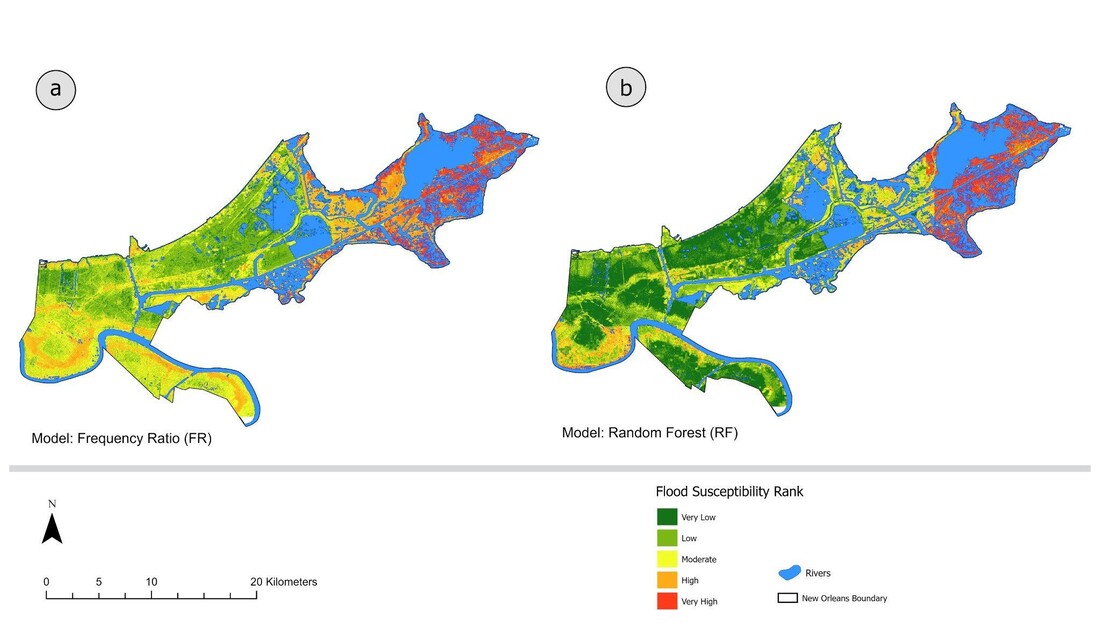
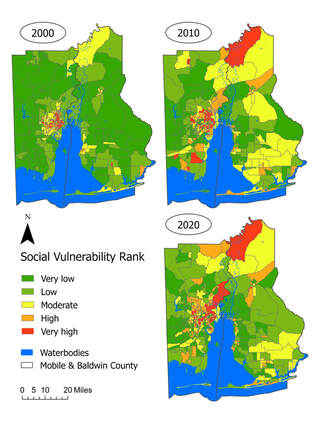
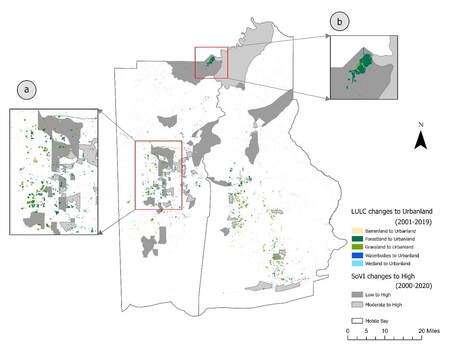
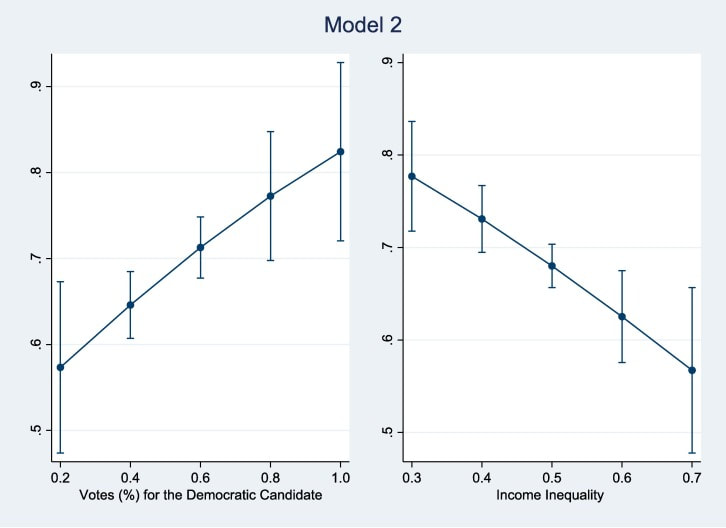
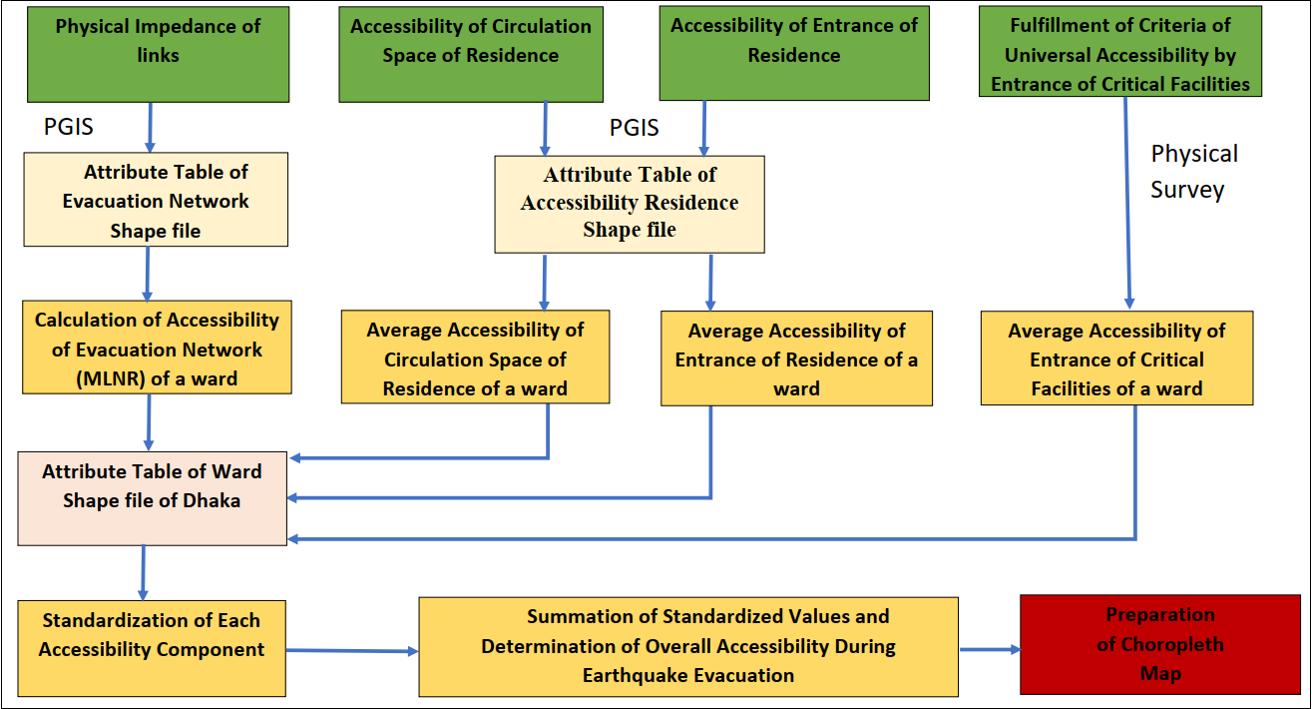
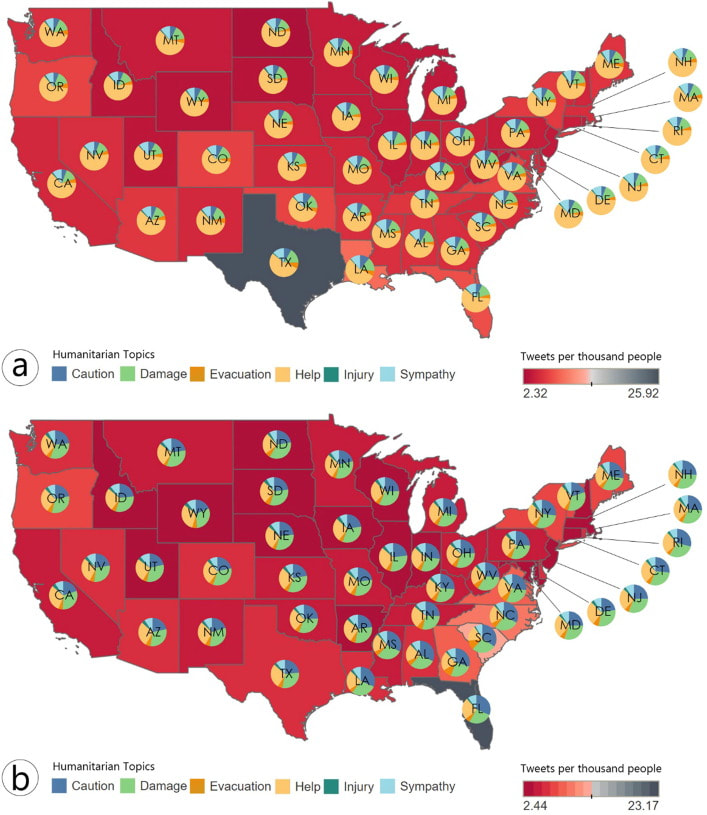
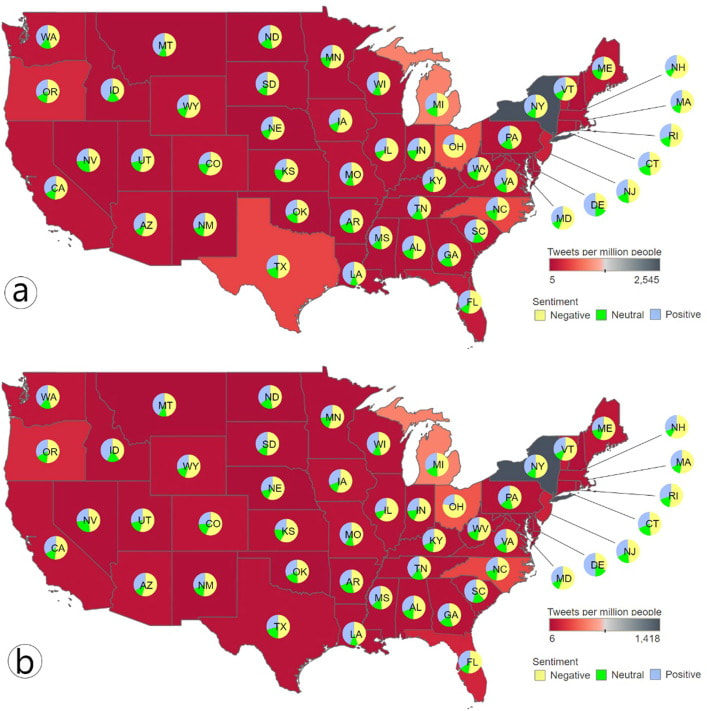


 RSS Feed
RSS Feed